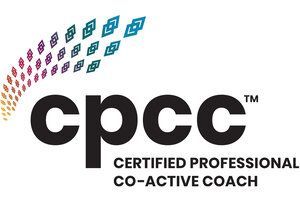Why are Adult Friendships so tricky

In the course of our adult lives, friendships can shift, drift, and sometimes rupture. In the face of busy, divergent lives and priorities, this is a very natural process, but can be one that causes us confusion, pain, and a great sense of loss. Romantic relationships tend to have a clear beginning, middle, and end and we have the tools from young adulthood to understand the expected transitions. Friendships, however, tend to be more fluid and evolve over time with no set rules of engagement. In addition, each person will have a different perspective on what the friendship means to them, and so it’s no surprise that many people can find themselves struggling with questions like: Why does it feel harder to make friends? Why do I feel disconnected from people I used to feel close to? Is it worth my making an effort in this friendship when I feel I get so little from it? If you have found yourself asking these questions, you are definitely not alone.
As a psychotherapist, I frequently encounter the deep pain that can come with friendship challenges in adulthood. Despite societal norms pointing us towards focusing our efforts on romantic or familial relationships during adulthood, our friendships are equally crucial to our emotional wellbeing. They offer companionship, shared experience, and a vital sense of belonging. And yet, they’re often forgotten about in conversations about our mental health.
So let’s explore how we, as adults, can navigate our friendships with greaterawareness, compassion, and intent.
How to navigate friendships
1. Reflect on your needs
Start by asking yourself: What does friendship mean to me now? What feels nourishing and good? Your needs are most likely very different to what they were five years ago, and it is OK to acknowledge that.
2. Practice clear communication
It’s not always easy, but expressing how you feel - whether it’s hurt at being left out or asking for more time together – will improve the quality of your friendships. Choose a moment when you both feel relaxed enough to be receptive.
3. Embrace flexibility
As life happens around us, some friends can go quiet for months. Babies, burnout - it’s all very real. Whilst this can be confusing or hurtful, a bit of grace and compassion goes a long way and gives the friendship opportunity to evolve to a place of greater understanding and depth.
4. Make the time
Adult friendship isn’t sustained by chance. It’s easy to get wrapped up in life’s demands while time continues passing by. It becomes a necessity to be intentional about making time for your friends. Some ways to do this are by scheduling regular check-ins as you would in work. Dedicate some time out of your busy schedule to call or message a friend as often as you can.
5. Recognise your patterns
Whether you realise it or not, the way you respond to friendships has a lot to do with your attachment style. For example, a person with a secure attachment style is capable of forming nurturing friendships and working through any conflicts that may arise. However, those with more insecure attachment styles may find it harder to let go of friendships that are no longer working and will tend to take any perceived hurt personally.
Final note
We also need to recognise that not all friendships are formed - or maintained - on equal footing.
If you’re LGBTQ+, neurodivergent, disabled, or from a minoritised background, your social landscape may look very different. You may have spent years finding your people, or building a chosen family to replace what blood ties could not offer. Those friendships carry a different kind of emotional weight and often, a depth that comes from shared survival.
Similarly, if you struggle with anxiety, depression, or trauma, then the energy that goes in to maintaining friendships can feel daunting. You might feel the need to disappear for a while, or struggle to reply to messages. That doesn’t make you a bad friend, it makes you human and in need of a self compassion practice.
If you are finding adult friendships difficult, and want to speak to Lili: info@counselingperspective.com










